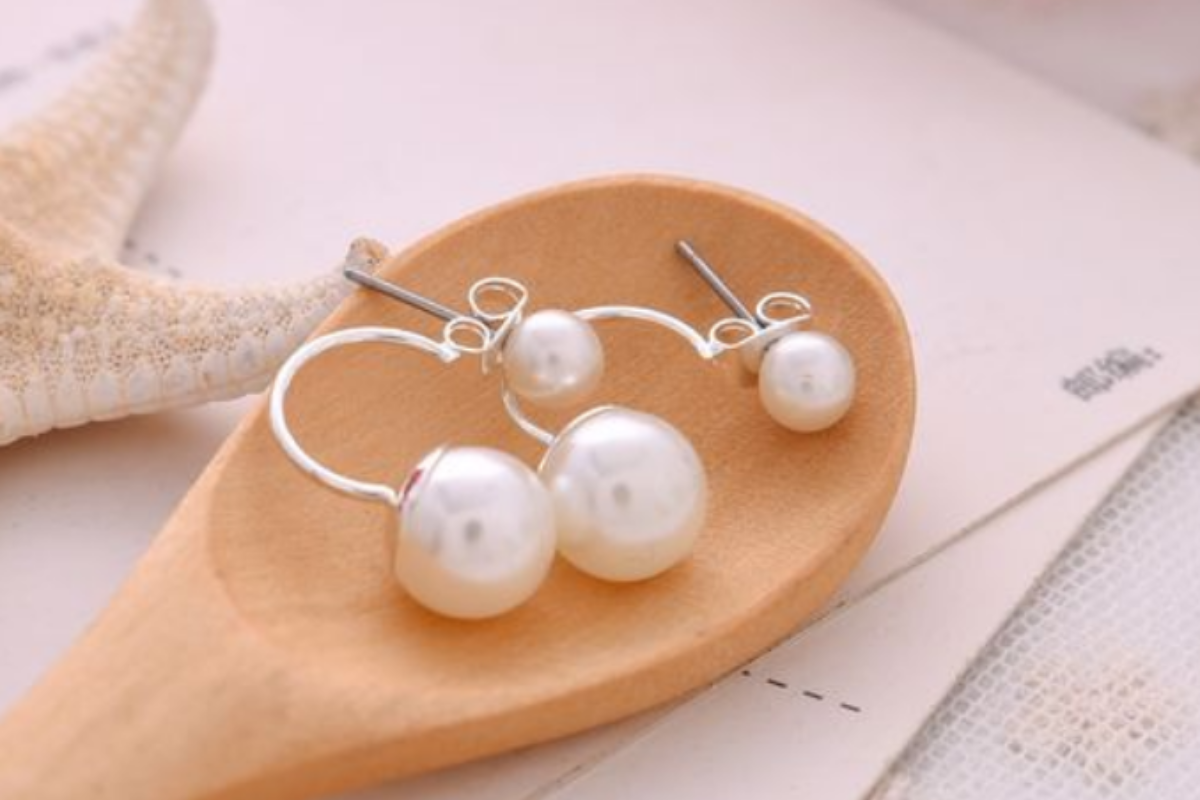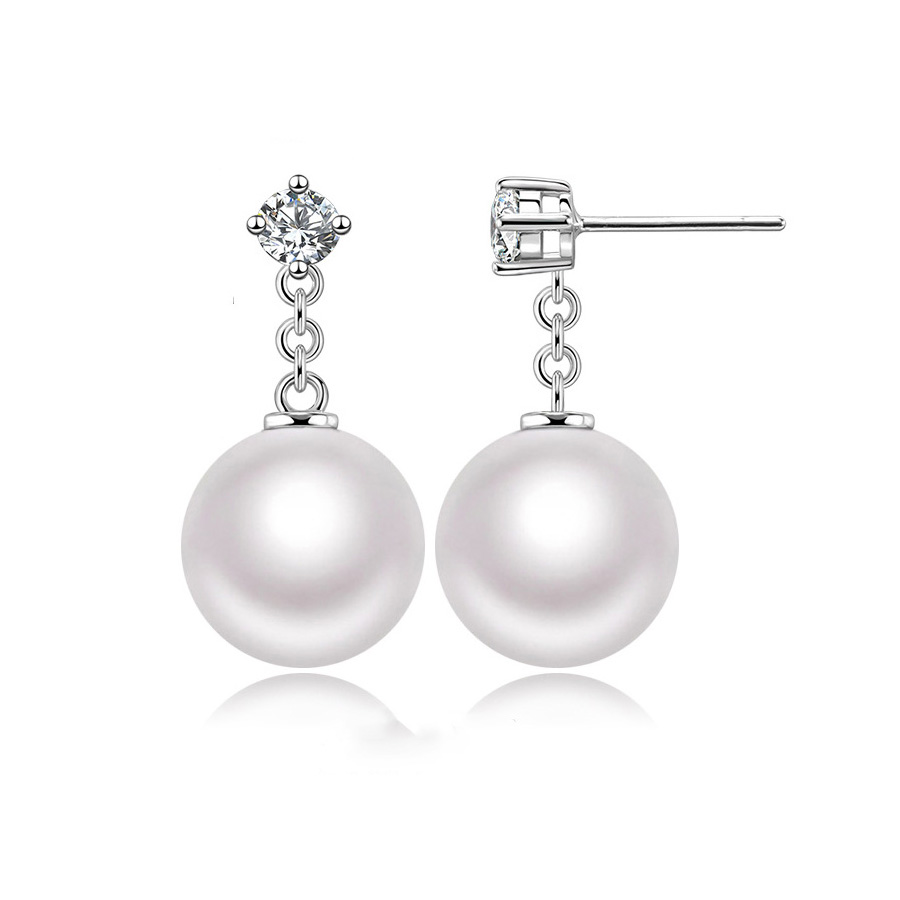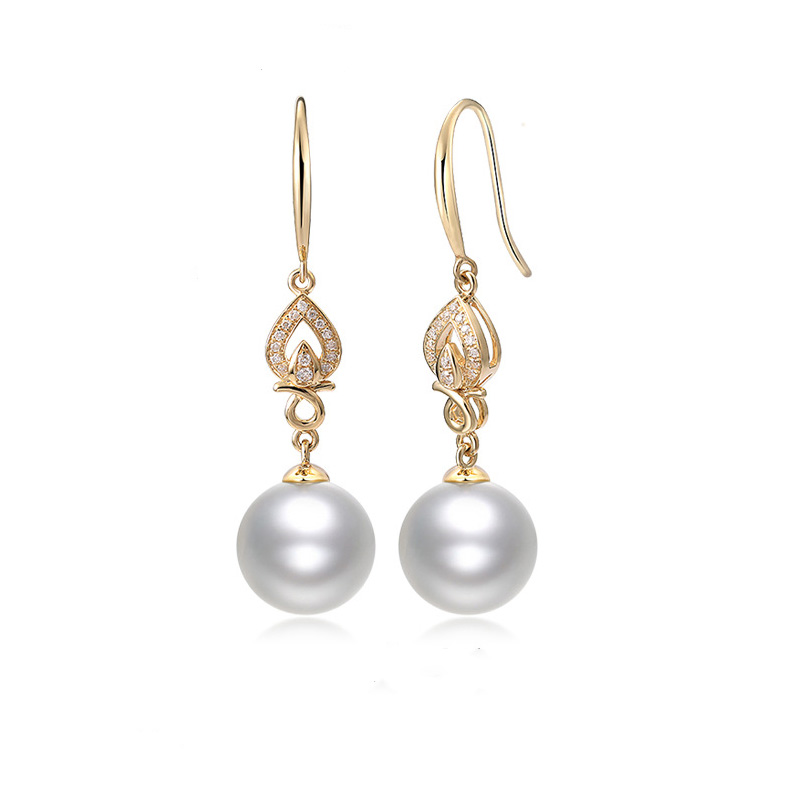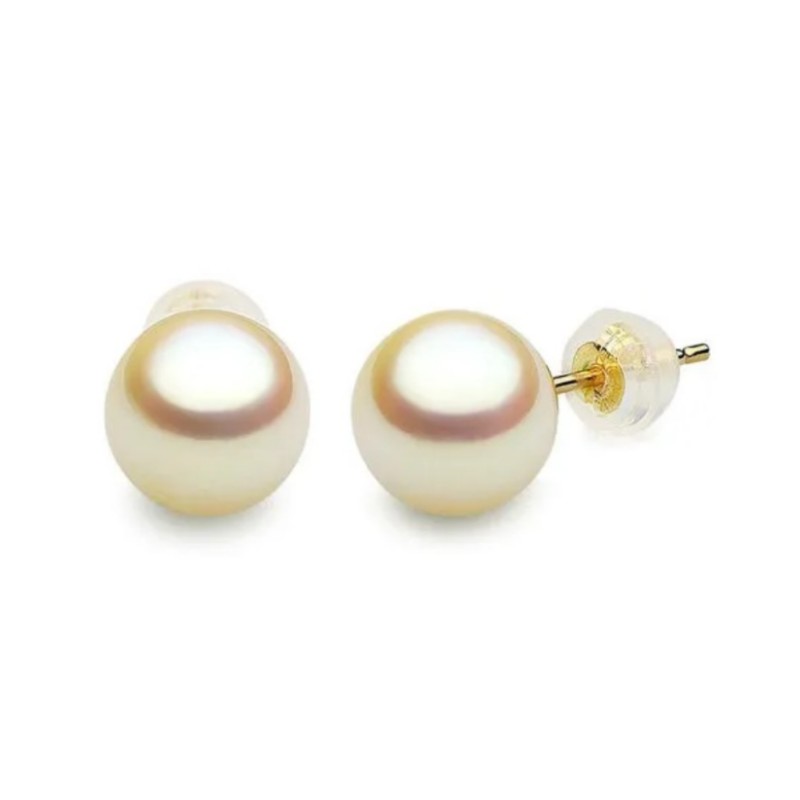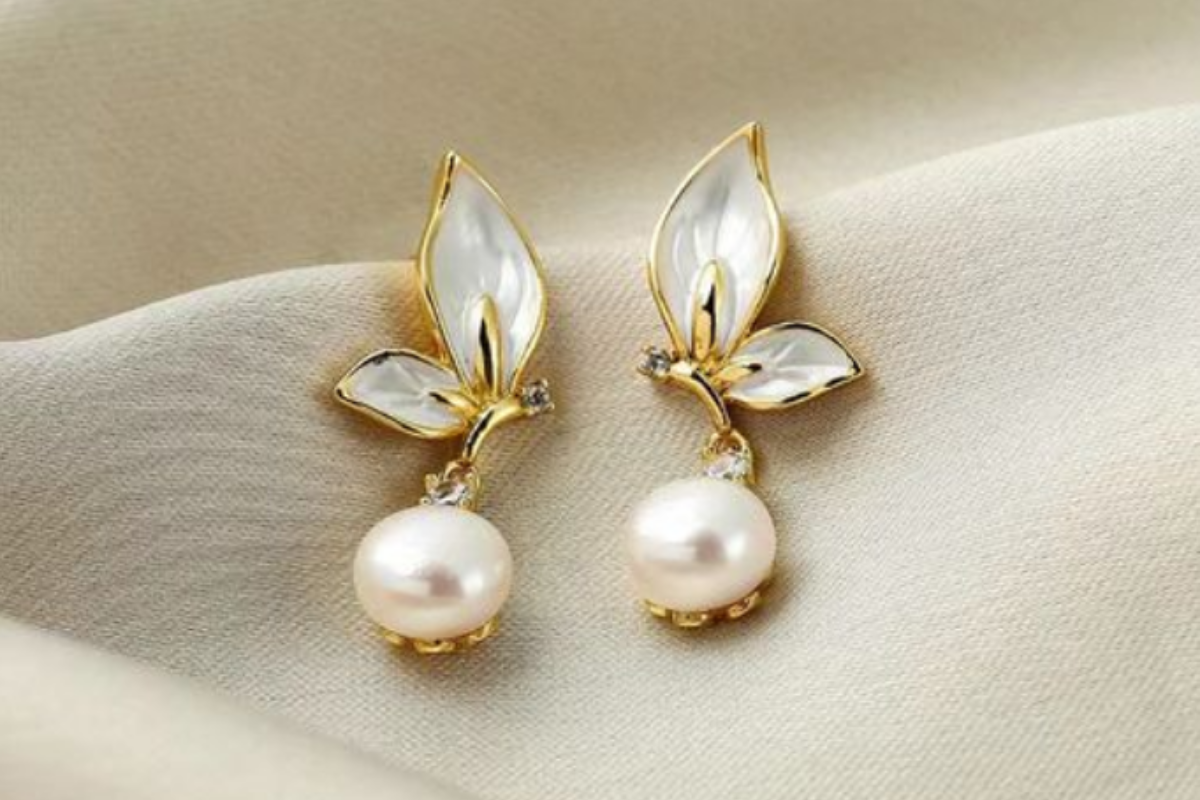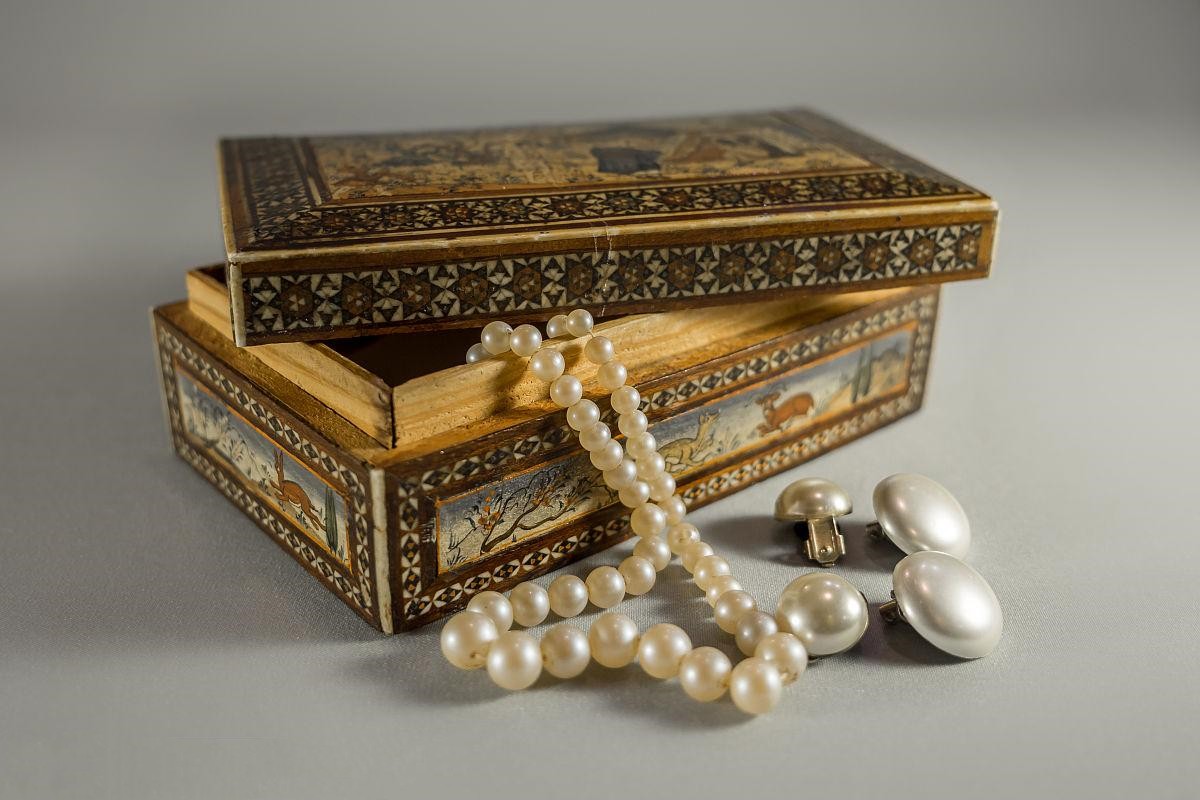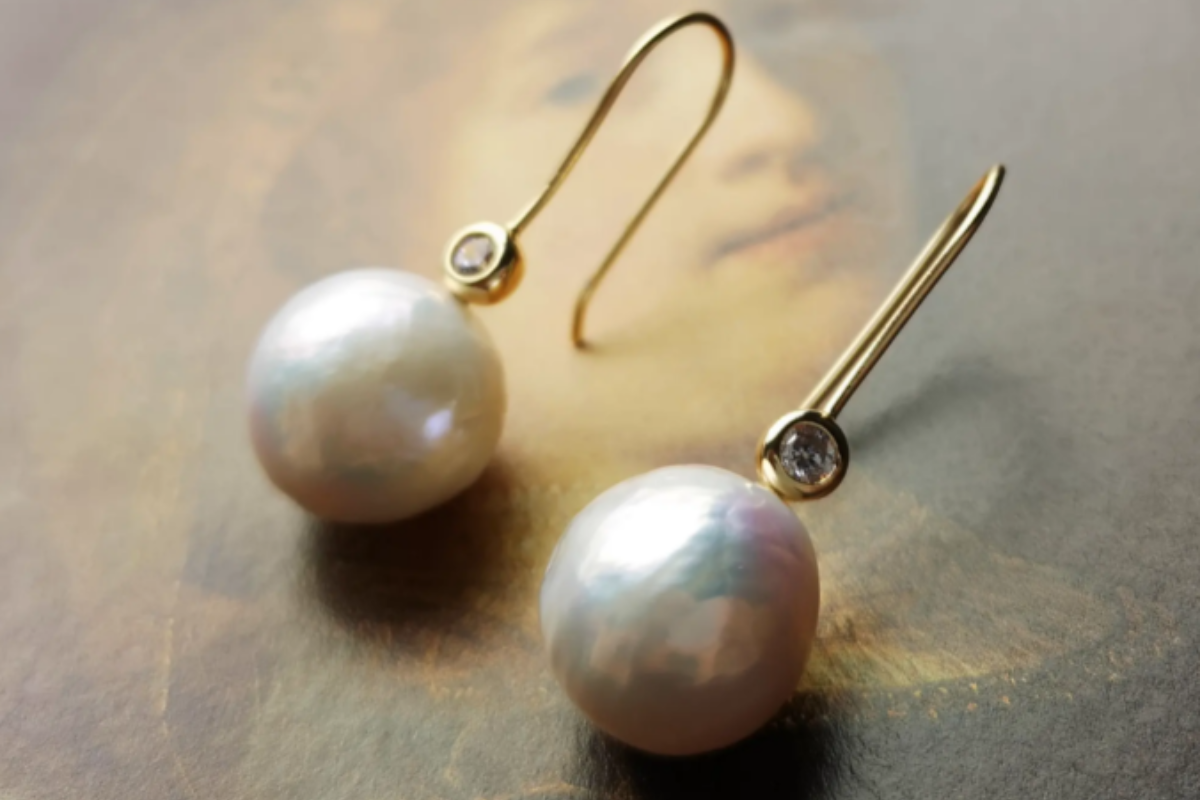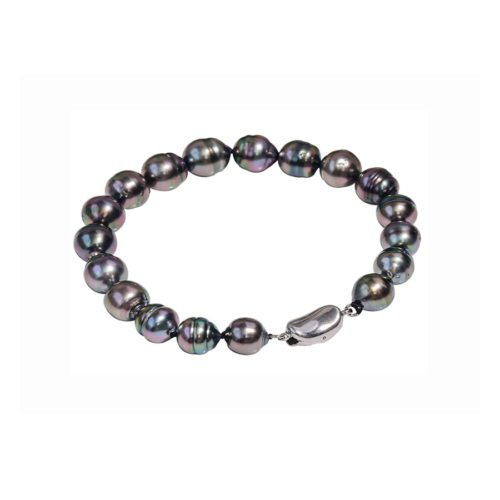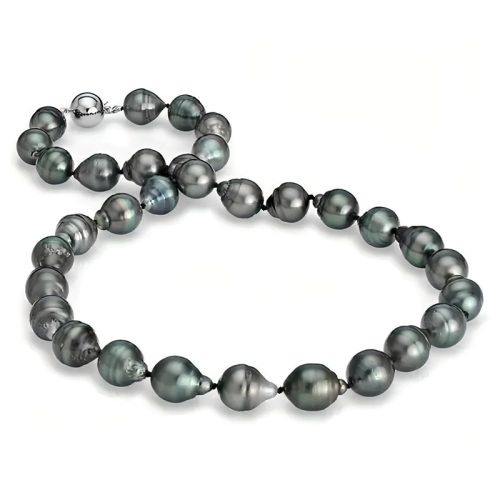Can Pearl Earrings Get Wet
Waterproof or Waterlogged? Debunking the Myth of Pearl Earrings and Water Damage
Pearl earrings are an elegant and timeless piece of jewelry that can complement any outfit, but there has always been a myth surrounding its exposure to water. Many people believe that pearl earrings cannot come in contact with water as it will cause irreversible damage to the pearls. However, this is not entirely true. This article aims to debunk the myth and provide an insight into how pearl earrings react when exposed to water.
The science behind pearl earrings’ reaction to water
Pearls are formed inside an oyster’s shell and are made up of calcium carbonate. When pearls come in contact with water, it causes them to lose their luster and even change in color. The reason behind this is that water molecules can penetrate the surface of the pearls and deposit minerals that can cause discoloration.
The reaction of pearls to water is highly dependent on the condition of the pearls. Older pearls that have lost their luster are more susceptible to damage as they have a weakened outer layer. On the other hand, newer pearls that are well maintained with a strong outer layer can handle brief contact with water.
Factors that affect pearl earrings’ reaction to water
Several factors can affect how pearl earrings react to water. One of the most crucial factors is the quality of the pearls. High-quality pearls that are well-maintained with a thick outer layer can handle brief contact with water. In contrast, low-quality pearls that have been poorly maintained can be easily damaged even with minimal exposure to water.
Another factor that can affect how pearl earrings react to water is the type of water they come in contact with. Saltwater, for instance, can be more damaging to pearls than freshwater. The reason behind this is that saltwater is more corrosive, which can cause the pearls to lose their luster and become discolored.
Finally, the temperature of the water can also affect how pearl earrings react. Warm water can cause the pearls to expand and contract, leading to cracks or even breakage. In contrast, cold water can cause the pearls to become brittle, leading to damage.
How to care for and protect your pearl earrings
To care for and protect your pearl earrings, it is essential to keep them clean and store them properly. Clean your pearl earrings with a soft cloth and mild soap and water. Avoid using abrasive cleaners or chemicals that can damage the pearls. After cleaning, dry the pearls thoroughly with a soft cloth and store them in a cool, dry place away from direct sunlight.
Another way to protect your pearl earrings is to avoid wearing them when engaging in activities that involve water. Swimming, showering, or even washing your hands can expose your pearls to water, which can cause damage. If you must wear your pearl earrings while engaging in water activities, it is essential to keep the exposure brief and dry them thoroughly afterward.
Can you swim or shower with pearl earrings?
While it is not recommended to wear pearl earrings while swimming or showering, it is possible to do so, provided that you take the necessary precautions. Before swimming or showering, remove any other jewelry that may damage your pearl earrings. Keep the exposure brief and avoid exposing your pearl earrings to hot water, which can cause them to become brittle.
After swimming or showering, dry your pearl earrings thoroughly with a soft cloth and store them in a cool, dry place away from direct sunlight. It is also recommended to have your pearl earrings professionally cleaned and inspected after exposure to water to ensure that they are still in good condition.
What to do if your pearl earrings get wet
If your pearl earrings get wet, the first thing to do is to dry them thoroughly with a soft cloth. Avoid using a hairdryer or any other heat source to dry them, as this can cause the pearls to expand and contract, leading to cracks or even breakage. After drying, inspect your pearl earrings for any signs of damage. If you notice any damage, it is essential to have them professionally cleaned and inspected.
Common misconceptions about pearl earrings and water damage
One of the most common misconceptions about pearl earrings and water damage is that they cannot come in contact with water at all. While it is true that prolonged exposure to water can cause damage to pearls, brief exposure to water is generally not harmful, provided that the pearls are of good quality and well maintained.
Another common misconception is that freshwater pearls are more durable than saltwater pearls. While freshwater pearls are generally more affordable and can handle brief exposure to water, saltwater pearls are generally of higher quality and can handle more extended exposure to water.
Conclusion: The truth about pearl earrings and water damage
In conclusion, pearl earrings can handle brief exposure to water, provided that they are of good quality and well maintained. While it is not recommended to wear pearl earrings while engaging in activities that involve water, it is possible to do so, provided that you take the necessary precautions. To care for and protect your pearl earrings, keep them clean and store them properly, and have them professionally cleaned and inspected after exposure to water. With proper care and maintenance, your pearl earrings can last a lifetime.
10-11mm Hanadama Akoya Round Pearl & Diamond Earrings
Original price was: $2,599.00.$1,999.00Current price is: $1,999.00.
23% Off
9.0-11.0mm AAA Round White South Sea Pearl & Diamond Dangle Earrings
$1,599.00 – $2,199.00
23% Off
8.5-9.0mm AAAA Round Golden Japanese Akoya Pearl Stud Earrings
$359.00
8.0-8.5mm AAAA Round Golden Japanese Akoya Pearl Stud Earrings
$299.00

